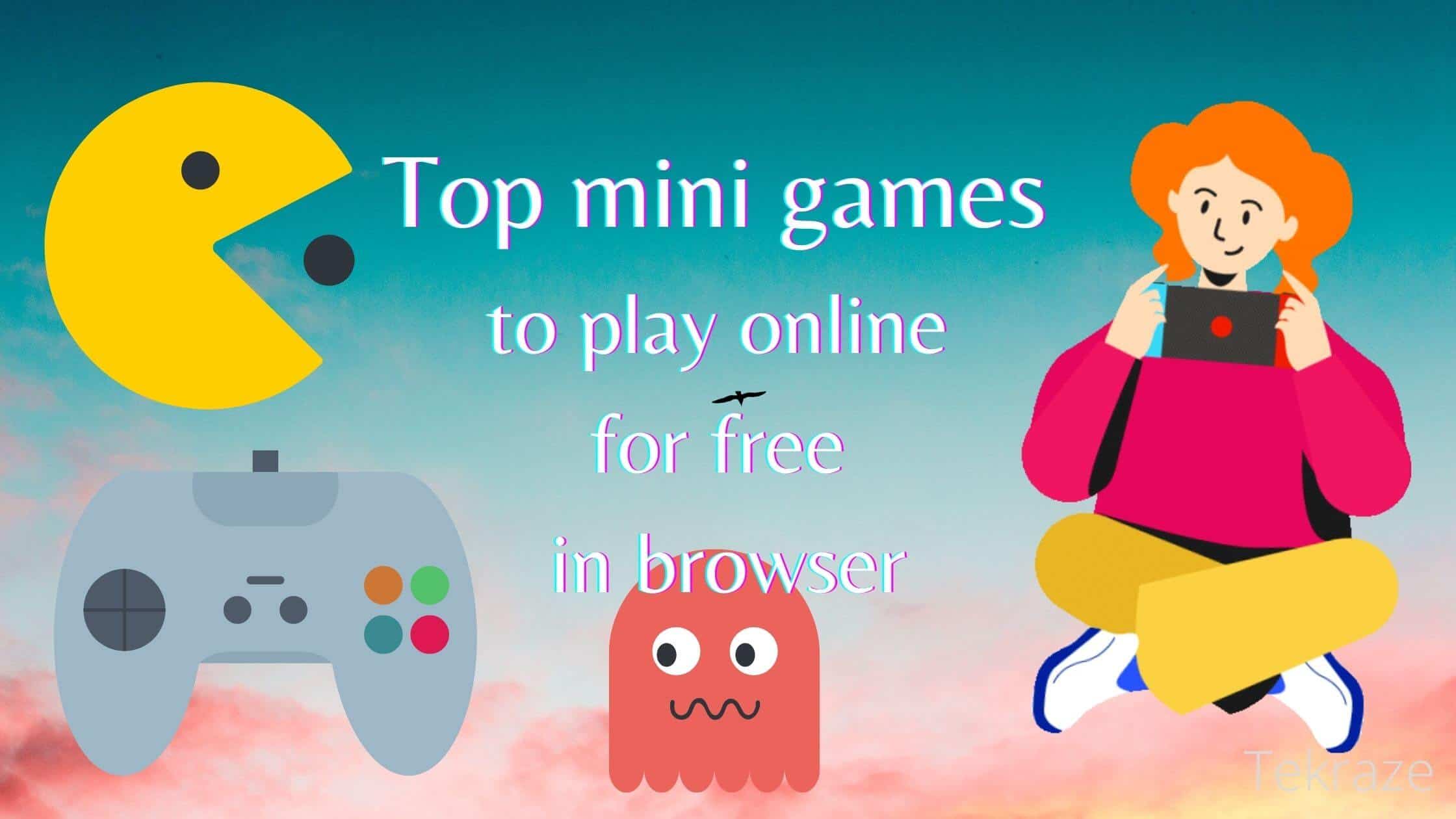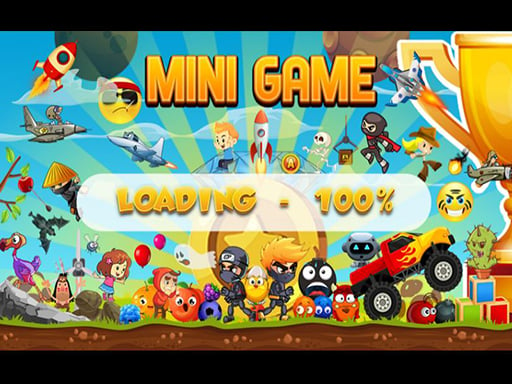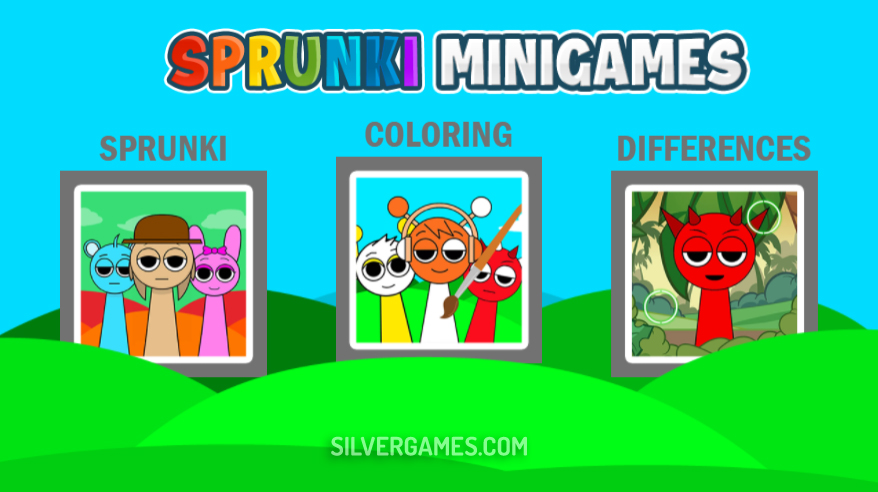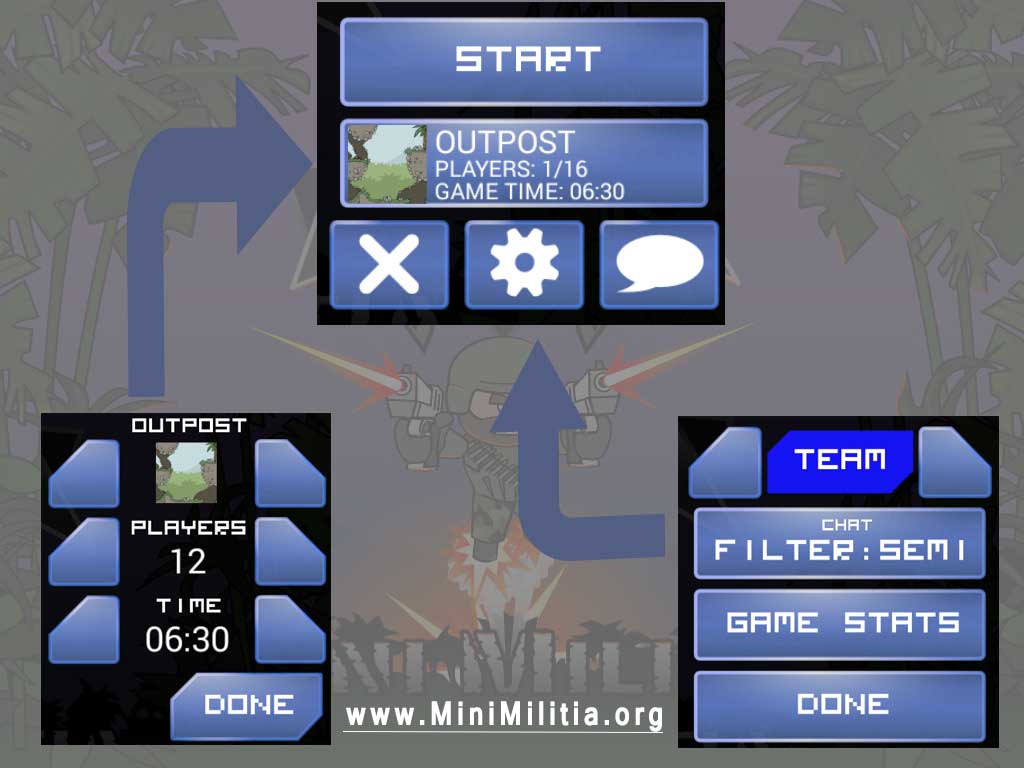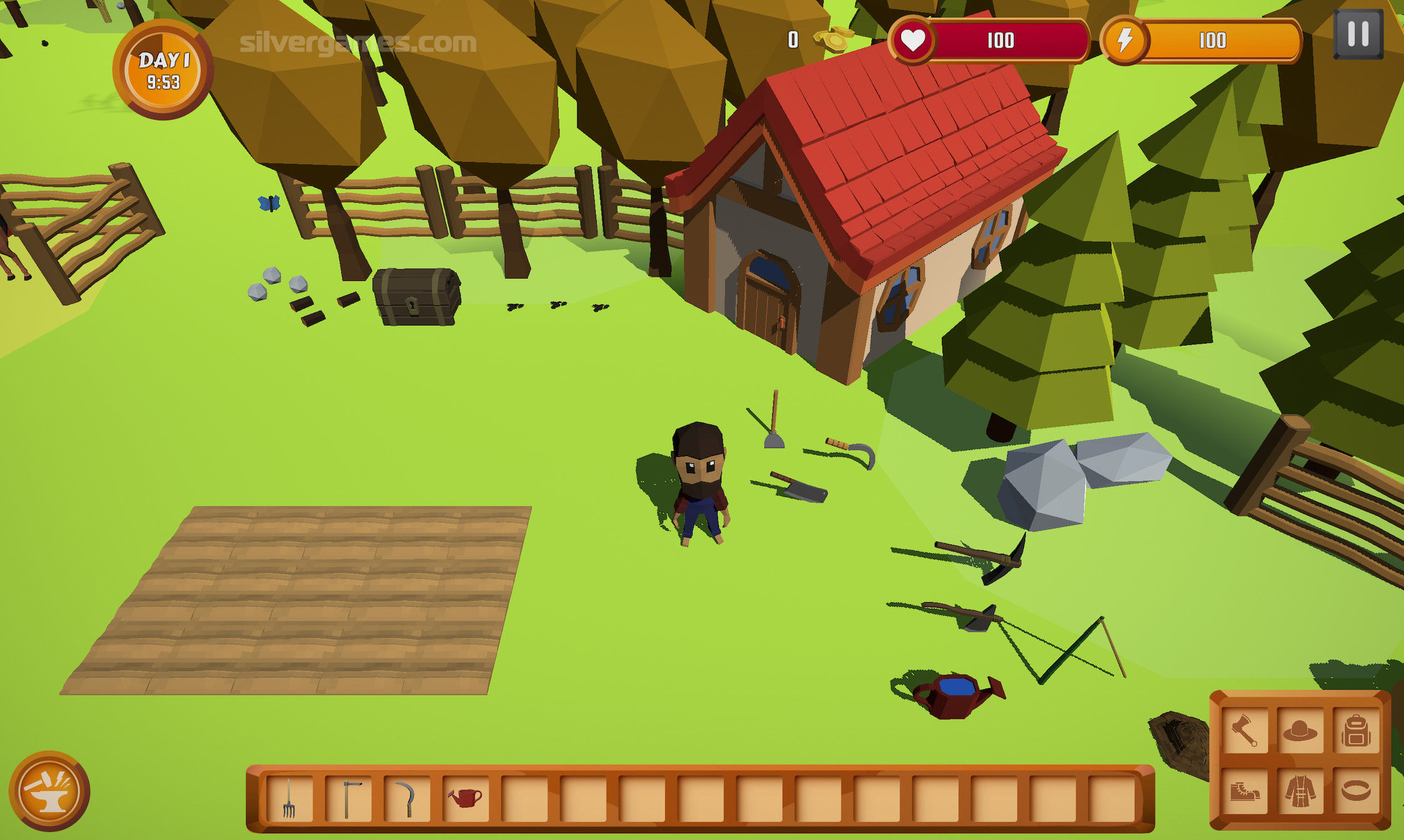Do You Want To Play Mini Games
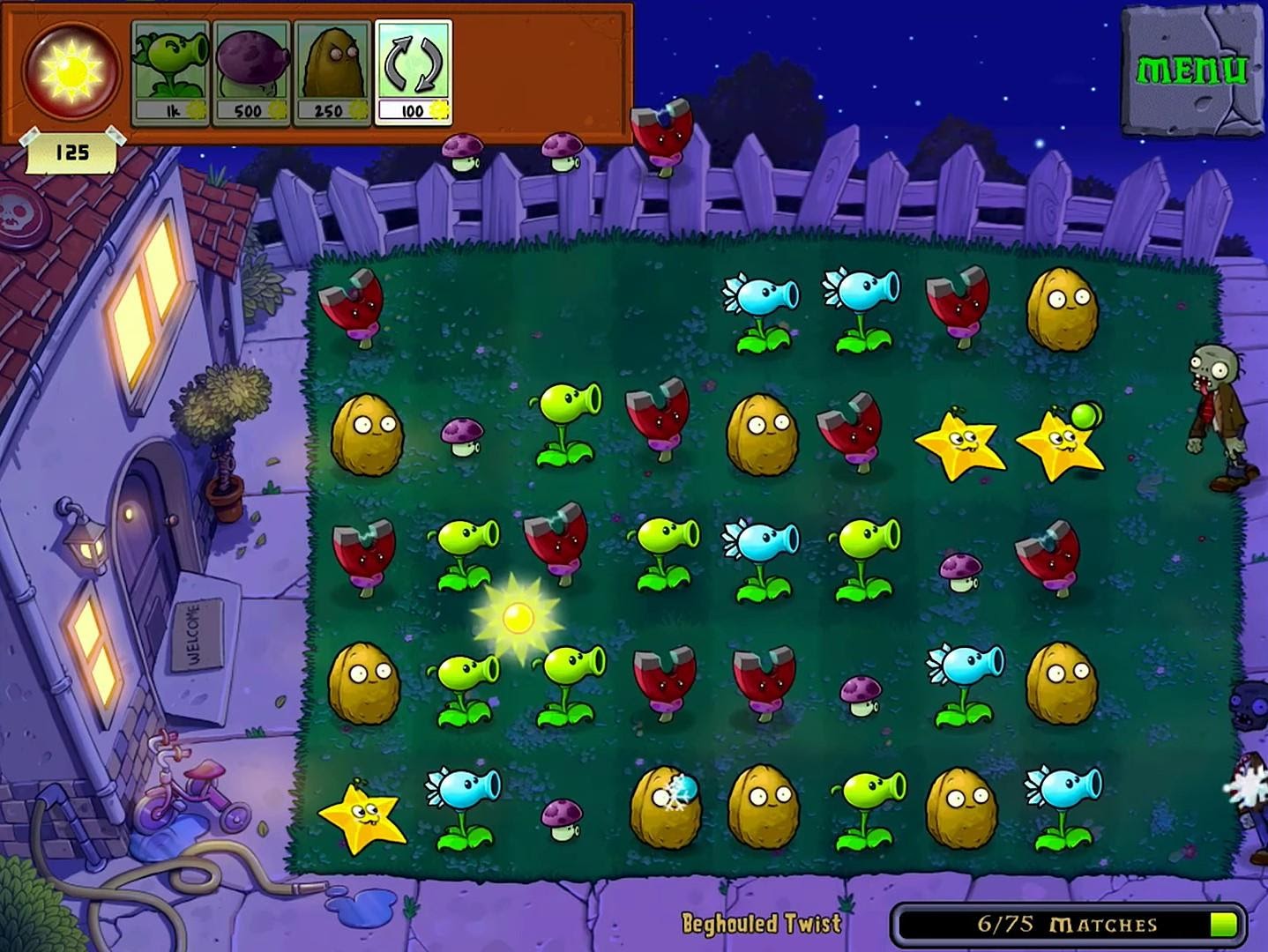
The gaming landscape is undergoing a noticeable shift as mini-games, bite-sized interactive experiences, are experiencing a surge in popularity. From standalone mobile apps to integrated features within larger platforms, these compact games are capturing the attention of players across demographics. But what’s driving this trend, and what does it mean for the future of gaming?
This article examines the rise of mini-games, exploring the key players, the reasons behind their appeal, and the potential ramifications for both developers and gamers. We’ll delve into how these miniature experiences are reshaping how people engage with digital entertainment, and whether this trend is here to stay.
The Anatomy of a Mini-Game
Mini-games, by definition, are characterized by their brevity and simplicity. They often feature straightforward gameplay mechanics, requiring minimal time investment and offering immediate gratification.
Think of a quick puzzle on a news website, a short level in a mobile game, or even interactive elements embedded within social media platforms. These concise experiences are designed to be easily accessible and instantly engaging.
They are typically distinct from full-fledged video games, lacking the complex narratives and extensive gameplay loops of their larger counterparts.
Why Mini-Games Are Gaining Traction
Several factors contribute to the growing popularity of mini-games. Perhaps the most significant is the increased demand for convenient entertainment options in an increasingly time-constrained world.
A 2023 report by Nielsen, a global leader in audience measurement, data and analytics, found that average attention spans are decreasing, particularly among younger generations. This has made shorter, more digestible forms of entertainment more appealing.
Mobile gaming, with its inherent accessibility and ease of use, has also played a vital role. Mini-games are perfectly suited for on-the-go play, providing quick bursts of entertainment during commutes or breaks.
Furthermore, the integration of mini-games within larger platforms, such as social media apps and streaming services, has broadened their reach and introduced them to a wider audience. Companies like Snap and TikTok have seen success incorporating these games, offering users engaging diversions within their existing ecosystems.
The Impact on the Gaming Industry
The rise of mini-games presents both opportunities and challenges for the gaming industry. For developers, these smaller projects can offer a lower barrier to entry, allowing for experimentation and faster development cycles.
Indie developers, in particular, can leverage mini-games to showcase their creativity and reach a wider audience without the need for extensive resources.
However, the popularity of mini-games also raises concerns about potential market saturation and the increasing commodification of gaming experiences. The focus on brevity and simplicity may come at the expense of depth and innovation.
Game developers also need to consider monetization strategies. While some mini-games rely on in-app purchases or advertising, others are offered for free as a means of attracting users to larger platforms or services.
The Human Element: Engagement and Accessibility
The appeal of mini-games extends beyond mere convenience. They offer a sense of accomplishment and immediate reward, which can be particularly satisfying in a world filled with complex and demanding tasks.
Their accessibility is another key factor. Many mini-games are designed to be intuitive and easy to learn, making them accessible to players of all ages and skill levels.
This inclusiveness has contributed to their widespread appeal, transcending traditional gaming demographics.
Looking Ahead
The future of mini-games appears promising, with continued growth and innovation expected in the coming years. As technology evolves and platforms continue to integrate interactive elements, we can anticipate even more creative and engaging mini-game experiences.
The blurring lines between gaming, social media, and entertainment will likely accelerate this trend, further solidifying the role of mini-games in the digital landscape.
Whether this will ultimately lead to a lasting shift in gaming culture remains to be seen, but one thing is clear: mini-games are having a major impact on how people engage with interactive entertainment. They are changing our expectation for how entertainment works.
It is crucial to stay informed and adapt to the evolving demands of the audience. As the gaming industry navigates this evolving landscape, understanding the dynamics of mini-games will be essential for success.
